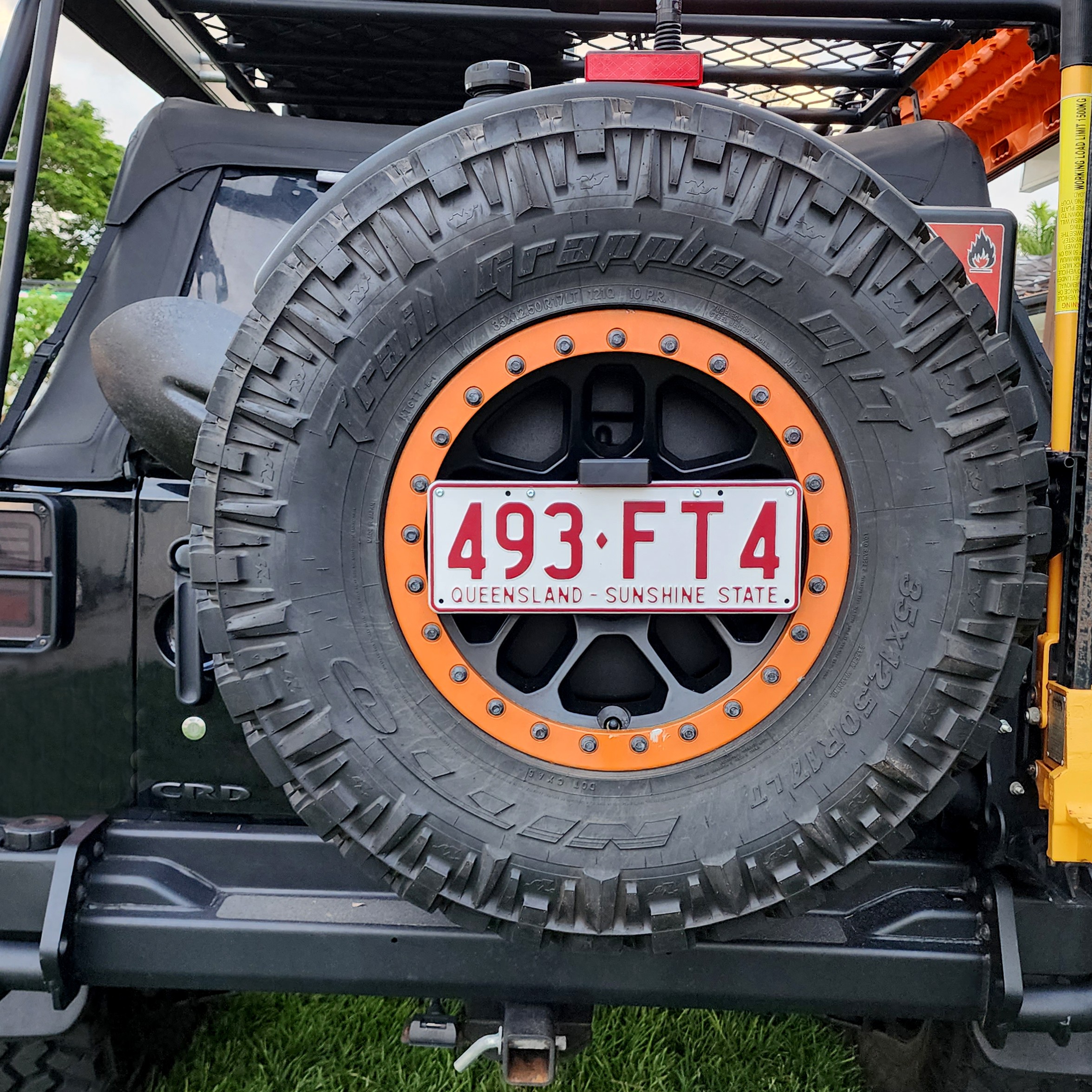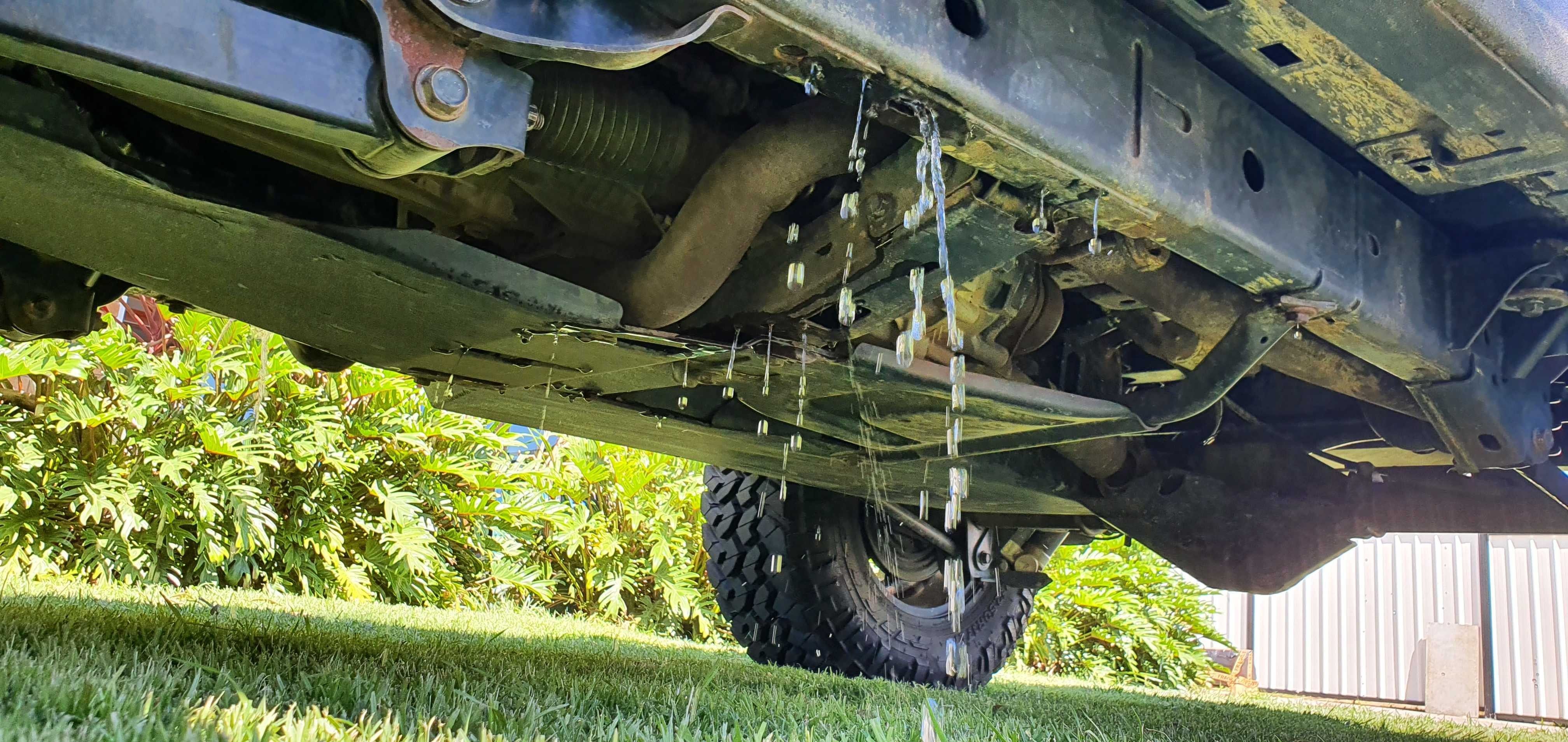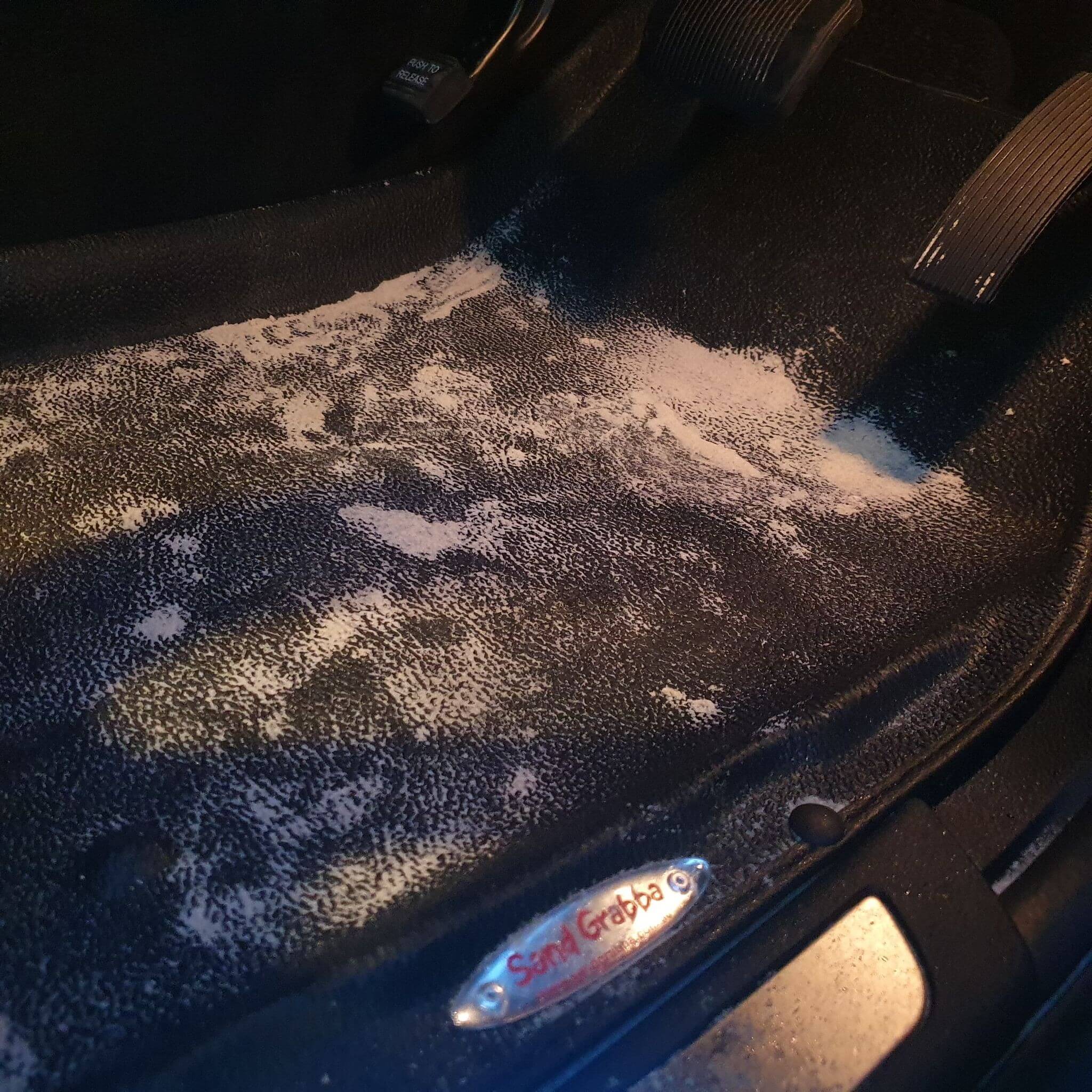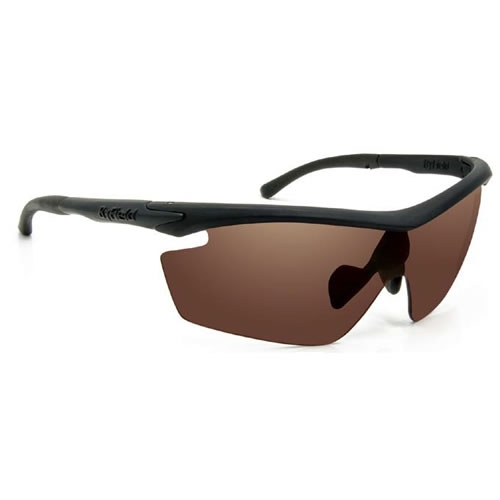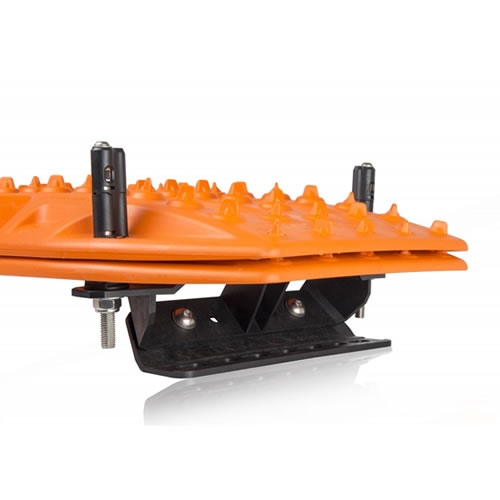Installing a Roof Top Tent for safe use
Have you tried out a rooftop tent yet? These sleeping systems are amazing bits of kit – they really do have a lot going for them. Compared to a conventional tent they’re faster to set up, they need less space – most of their footprint is over your vehicle – and they pack down much more quickly when it’s time to move. A rooftop tent works fine on any terrain as long as you can get your vehicle parked on the level; it doesn’t matter if the ground is rocky, wet or covered in thorns, because you’re not sleeping on it. You won’t find yourself sharing the tent with a load of ants, either, because they can’t get up to where you’re sleeping (although mozzies will still get you – nothing’s perfect) and a lot of larger wildlife will be deterred, too.
You do need to know what you’re doing with a rooftop tent, though. They’re not complicated, but there are a few safety points you have to bear in mind when installing or using one. None of them are difficult, but sometimes they do get overlooked – and the results can be seriously inconvenient, or even dangerous.
The first thing you have to do is make sure your roof rack is strong enough to hold the tent. There are two factors you need to consider here. The first is whether or not the rack can take the weight of the tent itself – and this can be up to 100kg – while you’re driving; the second is if it’s going to hold up when you all climb into the tent at night. Any roof rack will have two weight capacities; the dynamic capacity is how much weight it can handle on the move, and that needs to be greater than the weight of your tent. The second is the static weight capacity. This is usually a lot higher, and it tells you the load the rack will bear when the vehicle is stationary. Most racks have a static capacity of at least 200kg, and often well over 300kg. Make sure yours will hold the weight of the tent and everyone who’s sleeping in it.
You also have to make sure the mounting bolts that come with the tent are compatible with your roof rack. Most tents come with a set of U-bolts to secure them to standard bars, but they don’t always give a secure fit on streamlined, lightweight or heavy-duty bars.
The best solution we’ve found for mounting a rooftop tent is a Front Runner roof rack fitted with+ the same company’s quick release tent mount kit. This takes any guesswork out of fitting the tent to your rack; the low-profile base brackets are designed to bolt securely to your Front Runner rack, and they pair with self-aligning bushes that fit to the base channels on your tent.
Once the hardware is installed, it only takes seconds – and no tools – to secure your tent to the rack. It can be removed easily for storage or cleaning, but with secure locks on two of the four brackets, it isn’t going to be removed by thieves. The system is rattle-free and works with most soft shell tents; by adding support channels it will hold hard shell tents too. When you’re not using your tent the brackets can be left in place, because they’re low enough they won’t get in the way.
We’ve been consistently impressed with Front Runner gear. This South African company really knows what off road driving in tough conditions is about, and they specialise in storage solutions that can stand the stress. If you want to go touring with a rooftop tent, this excellent mounting kit is the way to do it.

